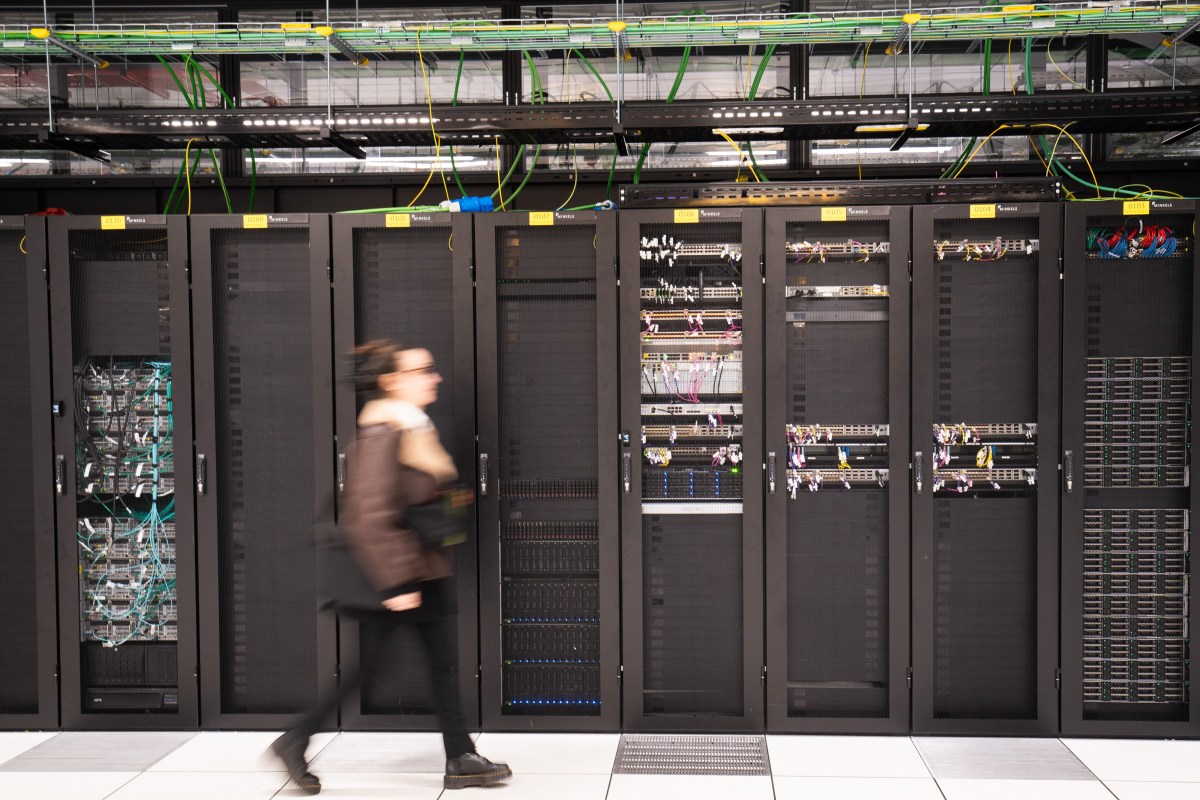Consumers Fear AI-Driven Data Centers Will Raise Electricity Bills

Key Points
- About 80% of U.S. consumers worry AI‑driven data centers will raise electricity bills.
- Data centers now consume roughly 4% of U.S. electricity, over double their 2018 share.
- Projected data‑center share could rise to between 6.7% and 12% in the coming years.
- Renewable capacity, especially utility‑scale solar, is expanding quickly, often within 18 months.
- Natural‑gas plant construction lags, with build times around four years and delivery delays up to seven years.
- Commercial and industrial electricity demand is growing faster than residential use.
- Consumer concerns are linked to broader anxieties about AI’s economic and social effects.
A new survey commissioned by solar installer Sunrun finds that a strong majority of U.S. consumers are worried that the surge in AI‑driven data centers will push up their electricity costs. Data centers now consume about 4% of the nation’s electricity, more than double their share in 2018, and projections suggest this could rise to between 6.7% and 12% within a few years. While renewables, especially utility‑scale solar, are expanding quickly and can be deployed in roughly 18 months, the pace of natural‑gas plant construction lags behind, creating a potential supply gap. The report highlights the tension between growing demand, consumer sentiment, and the energy transition.
Consumer Anxiety Over Rising Energy Costs
A survey funded by solar installer Sunrun reveals that roughly eight‑in‑ten U.S. consumers are concerned that the rapid expansion of AI‑powered data centers will increase their household electricity bills. The apprehension reflects broader unease about the energy implications of the AI boom, especially as data centers become a larger slice of overall electricity consumption.
Data Centers’ Growing Share of Power
According to the U.S. Energy Information Administration, data centers now account for about 4% of the electricity generated in the United States—more than double their share in 2018. Industry analysts project that within a few years this share could climb to a range between 6.7% and 12%. Commercial and industrial users, including data centers, have been driving the most recent growth in electricity demand, with annual increases of roughly 2.6% and 2.1% respectively, while residential use grew at a modest 0.7% per year.
Renewables Rise to Meet Demand
Renewable energy sources have helped keep the grid balanced despite the uptick in demand. Solar, wind, and grid‑scale battery storage have added significant new capacity. Major tech firms are securing large utility‑scale solar contracts, attracted by the low cost, modularity, and quick deployment timeline of solar farms, which typically begin delivering power within about 18 months of construction.
The Energy Information Administration expects renewable generation to dominate new capacity additions for the near future, a trend supported by policy incentives. However, experts warn that potential legislative changes could slow this momentum.
Natural‑Gas Shortfalls
Natural‑gas‑fired power plants have not kept pace with demand. Although gas production has risen, much of the increase is directed toward exports rather than domestic consumption. Electricity generators’ natural‑gas use grew by roughly 20% between 2019 and 2024, while exporters consumed about 140% more. Building new gas‑powered plants is a lengthy process, often taking around four years, and supply chain bottlenecks have pushed delivery dates out to as much as seven years.
Balancing Energy Needs and Consumer Sentiment
The combination of accelerating data‑center growth, slower natural‑gas plant construction, and the need for rapid renewable deployment creates a complex energy landscape. While the AI sector garners much of the public criticism, industrial users also contribute significantly to rising electricity demand. Consumers’ concerns are amplified by broader worries about AI’s societal impact, including job displacement.
Overall, the report underscores a pivotal moment for the U.S. energy system: meeting soaring demand while addressing consumer cost worries and navigating policy and supply‑chain challenges.